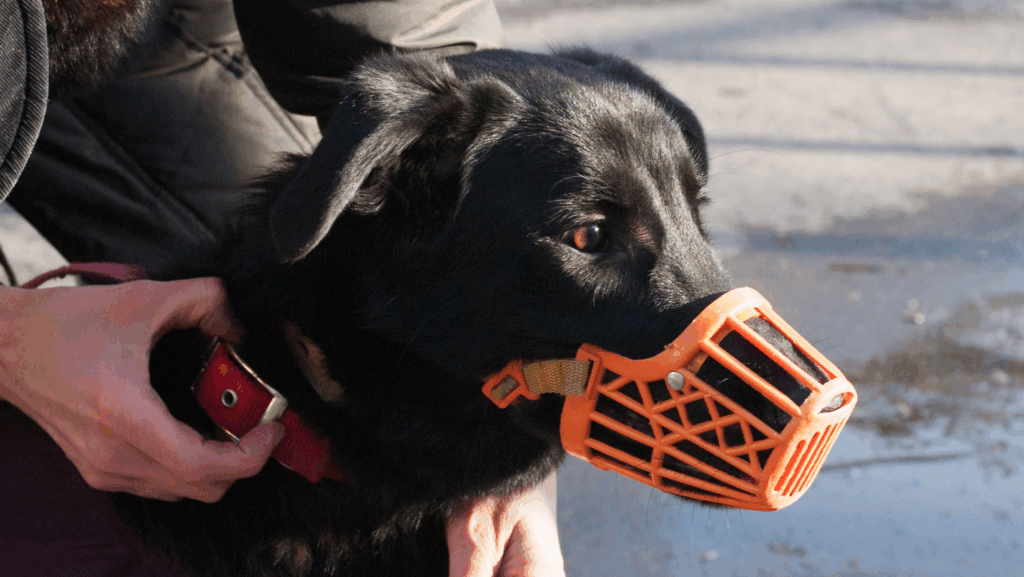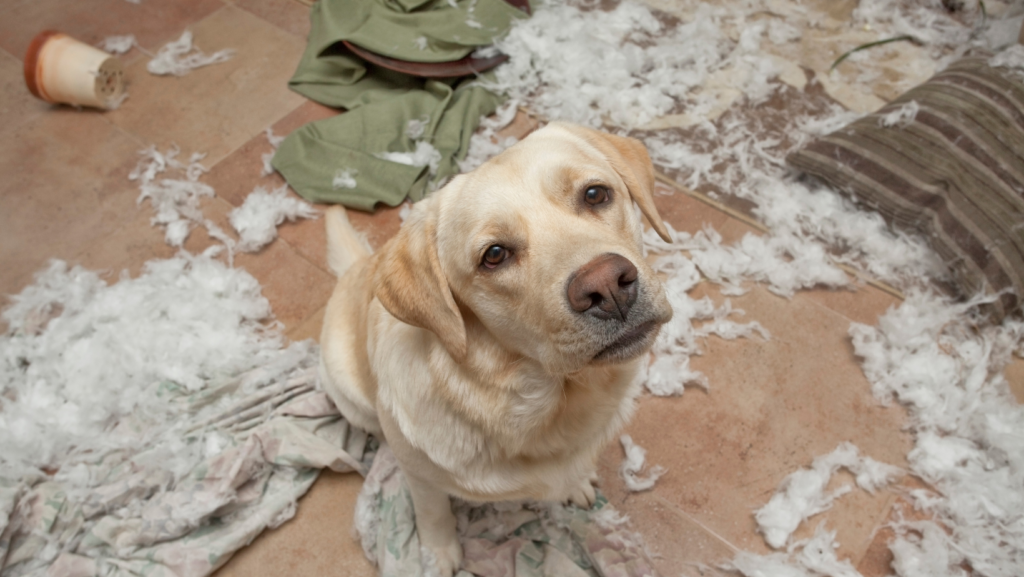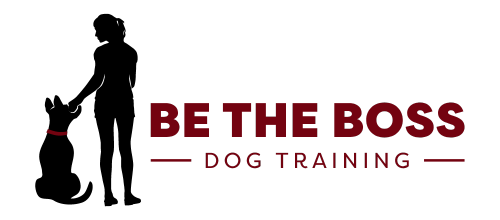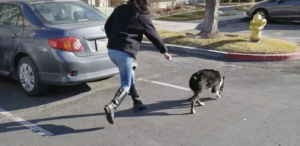There’s a leash law in almost every city in America. The point of a leash law? So you can keep control of your dog. Right now, the leash law in America has turned into “make sure you can drag your dog away from another dog” law.
Whenever my dogs are off-leash and minding their own business, sometimes I see people with panic in their eyes. Are your dogs going to come over and eat my little dog? Or jump on me? Or harass me? No. They are not. They are 50 feet away sniffing the bushes and fetching their ball. My dogs don’t care about you. No offense, but you’re just not that interesting to them.
The dog I AM afraid of? The one on the leash. The one that is yapping at my heels and pulling so hard that the owner is struggling. People should be afraid of THAT dog. If the owner ever dropped the leash, or the retractable leash extended to where the dogs could reach me…I would be in danger of being hurt.
Leashes are a communication tool. You can use a leash to tell a dog to knock off their bad behavior. Or to give them praise when they do something right. Or just to convey calm, positive energy to your dog to help them calm down.
Don’t get me wrong. I’m GLAD your dog is on a leash. And I’m sure the local cats are glad, too. Thank you for obeying the law.
But there is another way of using the leash. COMMUNICATE with your dog. Don’t just man handle them until the other dog/cat/person has gone beyond the realm of their interest. Have a conversation with your dog. Tell them “Hey, you’re not allowed to bark at everything and drag me down the sidewalk.”
More Tips
Check out our other posts

4 Secrets to Helping Your Reactive Dog Stay Calm Around Triggers
Reactivity isn’t always loud and dramatic—sometimes the biggest breakthroughs happen when nothing happens at all. Calm glances, quiet moments, and subtle check-ins are what retrain your dog’s brain. You don’t need perfection, just consistency and timing. Want to know the 4 secrets that make reactivity training actually work?
👉 Click here to read the full blog!

How do I get my dog to stop pulling on the leash during walks?
Most people think walks are just for exercise—but they’re actually one of the most revealing tools for understanding your dog’s emotional state. From pulling and scanning to total disconnection, your dog’s leash behavior is a mirror of your relationship. In our latest blog series, we dive into how leash pressure communicates safety, why structure calms the nervous system, and how to turn daily walks into powerful rituals of trust—without treats or harsh corrections. If your walks feel more chaotic than connected, this is the reset you and your dog need. 👉 Click here to read the full post and learn how to transform your walks from a struggle into a daily opportunity for emotional healing.

Are Muzzles Cruel?
Most people think muzzles are only for dangerous dogs—but what if that’s completely wrong? What if the tool you’ve been avoiding is actually the one thing that could bring your dog more peace, not less? In this blog, we break down the psychology behind muzzle stigma, how to introduce one the right way, and why it can actually build your dog’s confidence. If you’ve ever felt judged, unsure, or overwhelmed about using a muzzle, this will change how you see everything. Click to read the full post—you’ll never look at this tool the same way again.

How Do I Stop My Dog from Chewing, Digging, or Barking?
Is your dog’s bad behavior actually a cry for help? In this blog, we dig into why chewing, barking, and digging aren’t random acts—they’re signals of a nervous system out of balance. You’ll learn why toys aren’t enough, how affection without leadership creates chaos, and when corrections actually start to heal instead of hurt. If you’ve tried everything and your dog still feels out of control, this might be the missing piece. Read the full post to finally understand what your dog’s behavior is trying to tell you.

